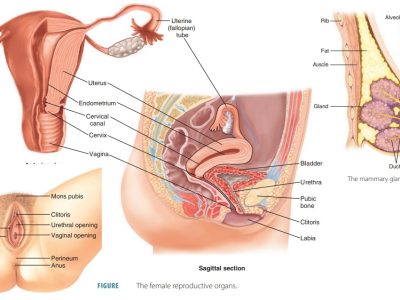
The common types of arthritis in the knees are OA or Osteoarthritis and RA or Rheumatoid arthritis. The former is a progressive condition, where knee joints slowly wear away. This occurs after you complete 35 years. The latter is an inflammatory issue that happens at any age. It is an autoimmune disease that impacts the entire body including other joints and more symptoms.
Arthritis even develops post knee injury and is called post-traumatic arthritis. It results from a ligament injury, knee fracture, or meniscus tears. The symptoms pop up after some years. The podiatrist in Irvine Orange County recommends treatment based on the arthritis type.
The patients are recommended minimal invasive treatment options, if necessary, for their foot, knee, or ankle pain. The best technology is employed and the patients can take advantage of an experienced podiatrist [20+ years]. Learning about arthritis and its symptoms helps to make a decision.
Osteoarthritis and rheumatoid arthritis have some key differences. In this post, let’s learn how to recognize each kind.
Pain increases gradually
In the start, you may notice arthritis pain like hurt in the knees while climbing stairs or in the morning or simply when you are seated.
- OA symptoms progress rapidly or develop over time. They can stay stable for years and worsen or pain can vary. Factors that can worsen the symptoms include stress, excessive activities, and cold weather. Knee pain that awakens you from sound sleep is a sign of OA.
- RA symptoms start in small joints and appear after some weeks but worsen in some days. The trigger differs but can need medication changes. RA symptoms are symmetrical. It means both sides of your body are affected. The joints may appear red and warm.
Check the advantages of a treatment called ‘stem cell for arthritis’ online because it is a great alternative to total knee replacement surgery.
Tenderness or swelling
- With OA there is hard swelling because of bone spurs formation or soft swelling due to the accumulation of fluid around the joints. The swelling is noticeable when you wake in the morning due to inactiveness the whole night.
- With RA joint swelling is expected because it is an inflammatory disease. It affects the entire body and other symptoms are tiredness and fever.
Buckling & locking
Knee structure weakens and becomes unstable giving way or buckling. Tendons connect muscles to the bone. RA damages the tendons, which impacts knee stability. Bones rub, cartilage erodes, and bone spurs develop producing bumpy surfaces causing the joint to lock or stick. Thus, bending and straightening becomes hard.
Popping or cracking
When your knee is bent or straightened, you hear a popping sound or feel a grinding sensation, which is called crepitus. Cartilage damage is possible in OA and RA conditions.
Poor motion range
After a knee injury, the joints find it hard to move smoothly because of cartilage and bone changes thus causing OA. With RA, bending and flexing the knees is hard because of swelling and pain.
If case mobility and pain is severe and it impacts your life quality badly then the doctor will recommend total knee replacement or partial surgery. If you fear invasive option them stem cell for knee is a better alternative. Other treatments can help to slow the progress like physiotherapy, weight loss, and some lifestyle changes.











